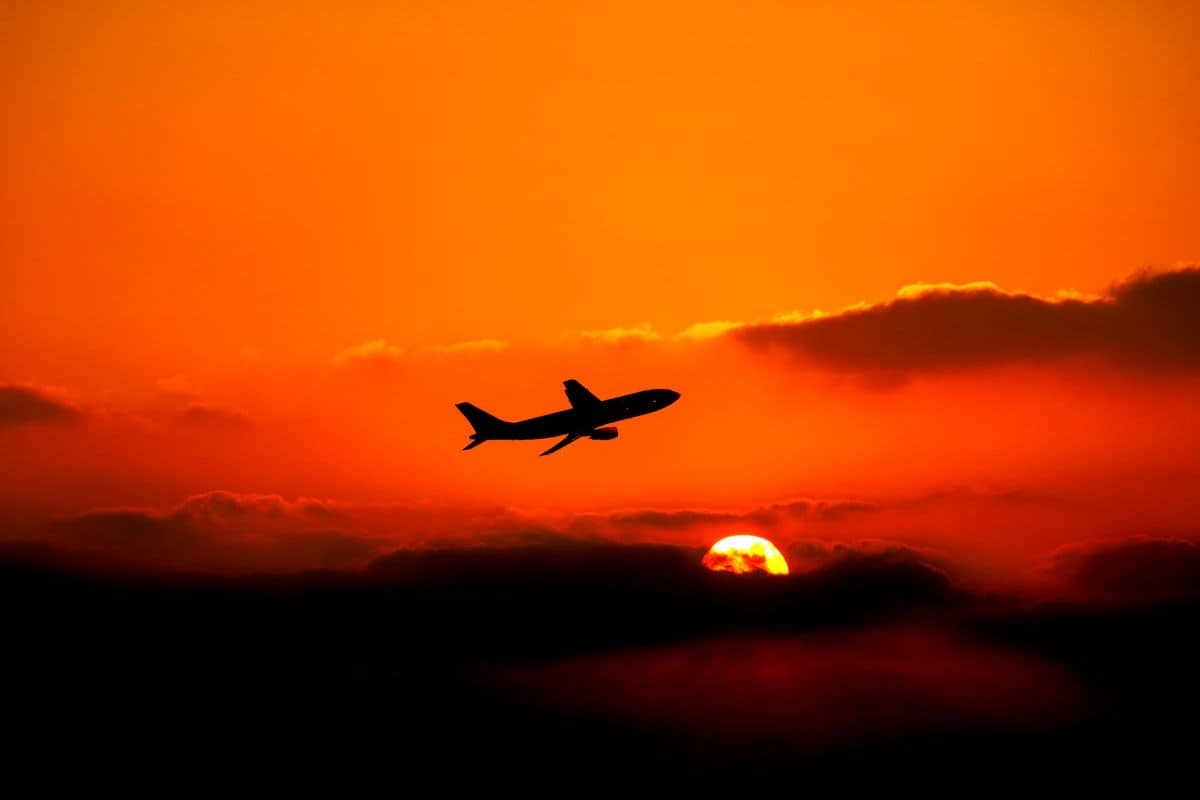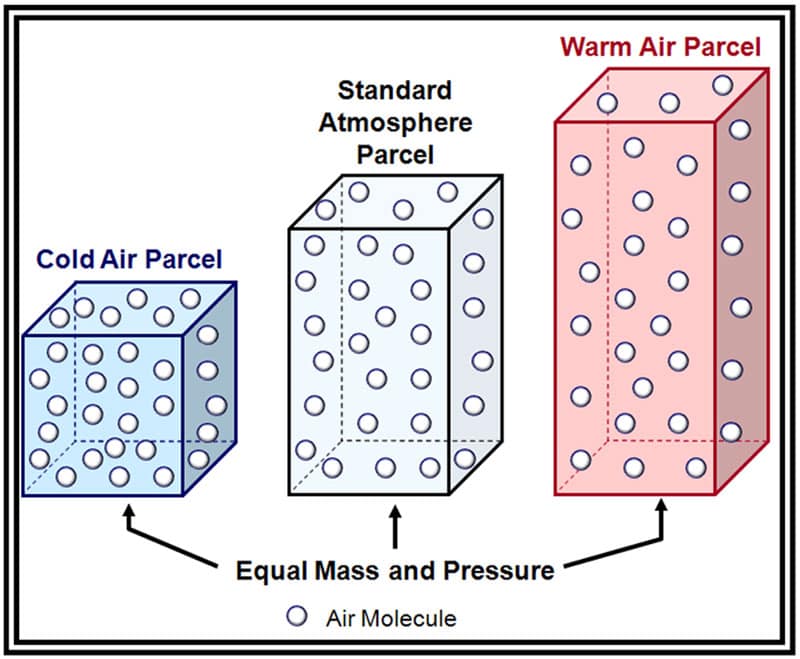Flight Delayed: Embry-Riddle Experts Explain How Summer Heat Can Impact Air Travel

Every year, the summer travel rush brings additional crowds and longer lines to airports. A more pressing concern for travelers, however — and one that could potentially delay flights, increase mid-air turbulence and even ground airplanes — is extreme heat.
Brian Roggow, associate dean for the College of Aviation at Embry-Riddle Aeronautical University’s Prescott Campus, suggests that extreme heat is a larger concern for airlines than people realize.
“Pilots include weather considerations — such as temperature, pressure, precipitation, wind velocity and more — into every flight,” Roggow said. “As we reach extremes in any one of these categories, operations may either be delayed or canceled. In the case of extreme heat, aircraft performance data may be unavailable if the manufacturer was not able to test or publish values.”
When Temperatures Climb
“When air is hot, it becomes less dense due to air molecules spreading out,” said Dr. Bob Thomas, assistant professor of Aeronautical Science at Embry-Riddle’s Daytona Beach Campus. “Hot air is thin air. While this reduces the lift on which planes rely for takeoff, the main impact is felt on engine thrust. Aircraft engines will produce less thrust during takeoff and ascent as a result.”
The effects of hot air are felt most during takeoff roll and initial climb. With less thrust, an airplane requires more runway to take off.
“The only way to make a takeoff possible on shorter runways would be to lower the weight of the aircraft,” said Thomas, noting that airlines generally reduce weight by removing baggage or passengers, which could lead to unpleasant situations for travelers, especially as temperatures reach the triple digits.

Assuming constant mass and pressure, an air parcel with a higher temperature is less dense than an air parcel with a lower temperature. (Photo: FAA Aviation Weather Handbook, Figure 8-10)
“If pilots, dispatchers and airline personnel cannot assure takeoff and climb performance requirements, then it may lead to a cancellation,” Roggow added.
The landscape near airports and runways, especially during heat waves, can also pose challenges to aviators.
“If it’s a hot day and you have a heavy aircraft, the aircraft will climb at a shallower angle, which may force the pilots to take a different route to safely clear surrounding mountains,” Thomas added. “In the rare case of an engine failure, combined with hot air, the amount of thrust an aircraft can produce is greatly reduced. As a result, the aircraft may have challenges climbing over mountainous terrain.”
Plan Ahead
So, what can travelers do to prepare for their upcoming summer trips?
“Early mornings and late evening flights are least likely to be affected by heat,” suggests Roggow. “Booking these can minimize the frustration of delays or cancellations due to midday or early evening extreme heat.”
Making your travel plans early and booking flights as far in advance as possible could also be helpful, as airlines are constantly monitoring weather conditions ahead of upcoming flights.
“Airlines can often anticipate and accommodate heat impacts that are closer to the norm,” said Roggow. “Usually, excessive heat may not be known until a few days beforehand.”

 Keaton S. Ziem
Keaton S. Ziem